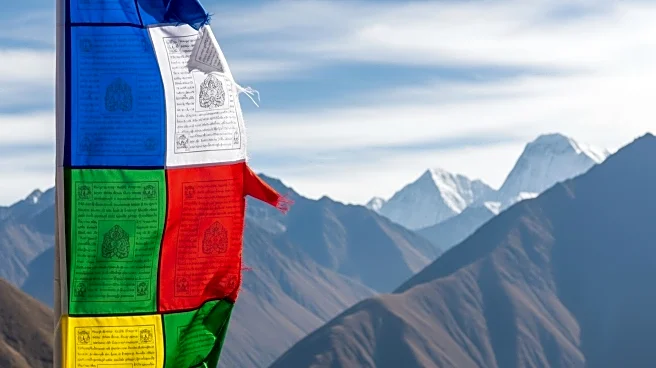Mount Everest, the highest peak on Earth, has a rich history of discovery and exploration. From its identification as the world's tallest mountain to the first successful ascent, Everest has been a focal point for adventurers and explorers seeking to conquer its formidable heights.
Discovery Context
The discovery of Everest as the world's highest peak dates back to the 19th century when the British Great Trigonometrical Survey of India first identified it as Peak XV. The mountain was later named after Sir George Everest, the Surveyor General of India. Its local names, Sagarmāthā and Qomolangma, reflect its cultural significance in Nepal and Tibet.
Methods and Evidence
The early exploration of Everest involved extensive mapping and reconnaissance efforts. The 1921 British expedition, led by Charles Howard-Bury, was the first to explore the mountain's northern approaches. Subsequent expeditions in the 1920s and 1930s laid the groundwork for future ascents, despite being thwarted by harsh conditions and political barriers.
Validation
The first successful ascent of Everest in 1953 by Tenzing Norgay and Edmund Hillary validated decades of exploration and effort. This historic achievement demonstrated the possibility of reaching the summit and inspired future generations of climbers. The ascent also marked a turning point in the history of mountaineering, setting new standards for exploration and adventure.
Impact
The discovery and exploration of Everest have had a profound impact on the world of adventure and exploration. The mountain has become a symbol of human perseverance and the quest for discovery. Its unique environment and challenging conditions continue to attract climbers and researchers, providing valuable insights into high-altitude physiology, climate change, and geology.
 Discover Daily • 8 min read
Discover Daily • 8 min read 










